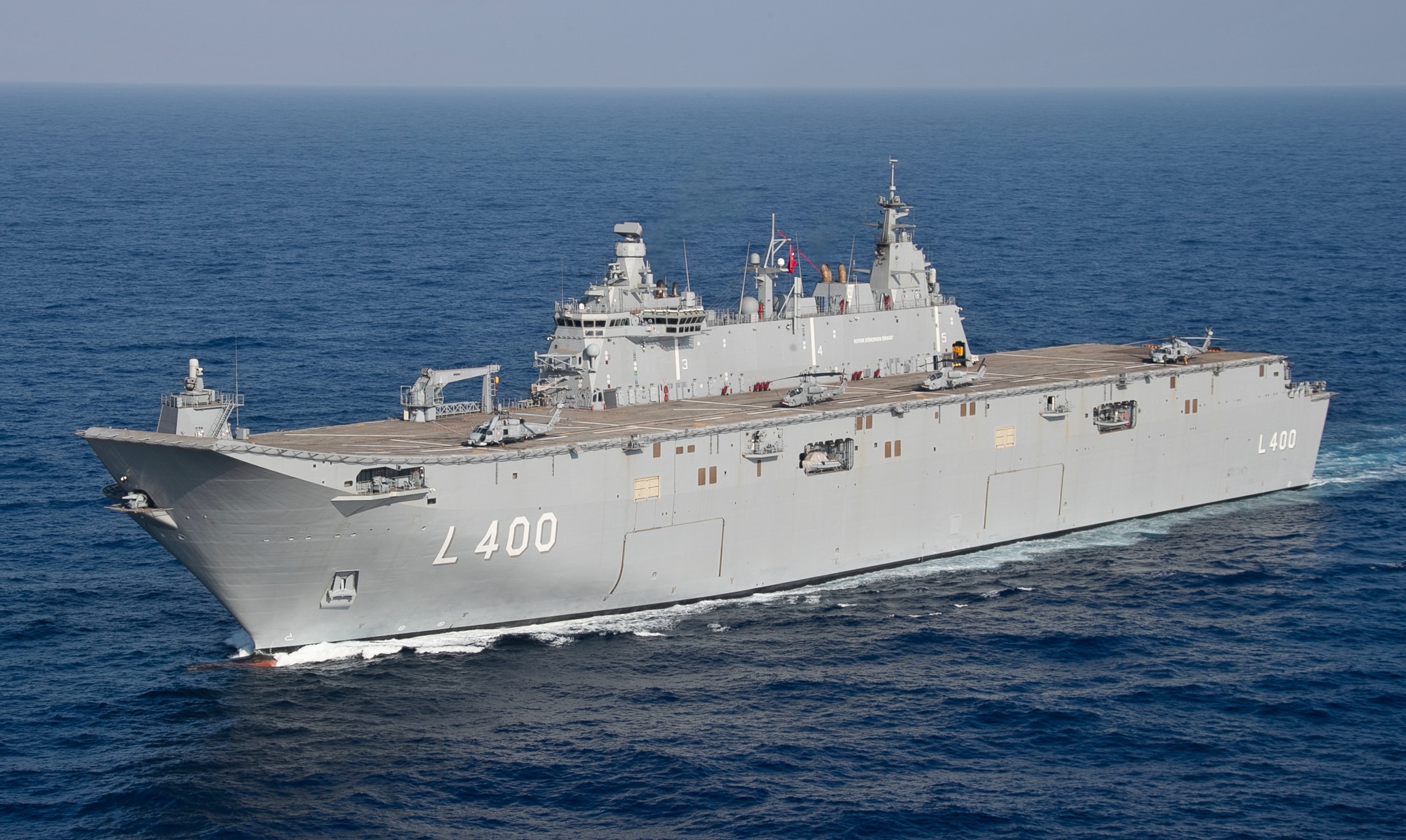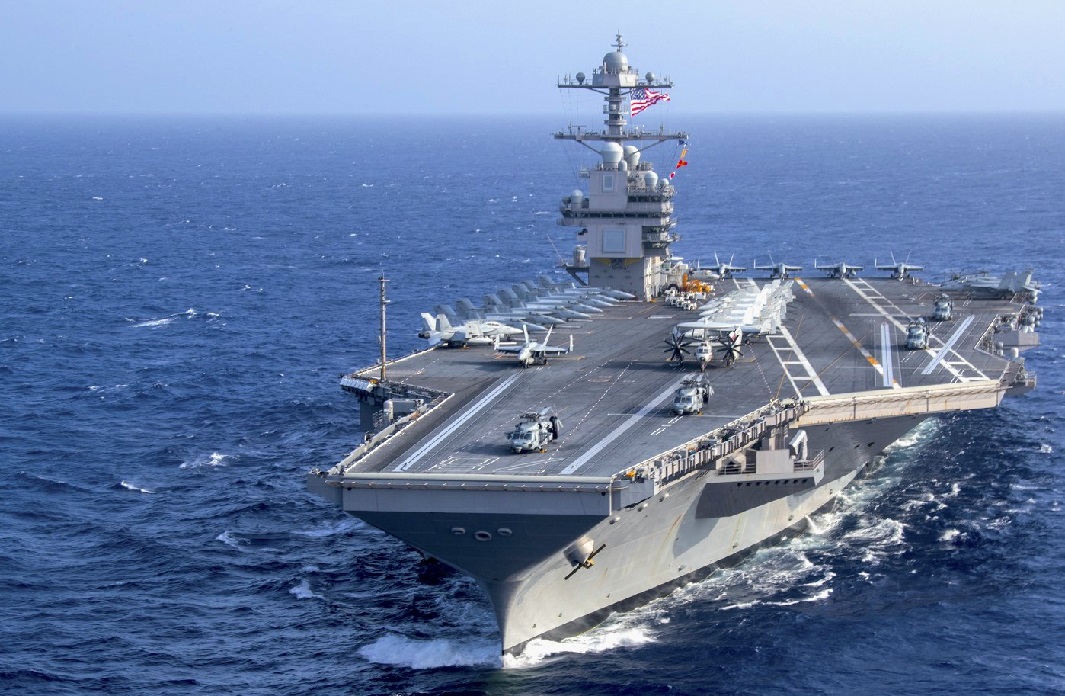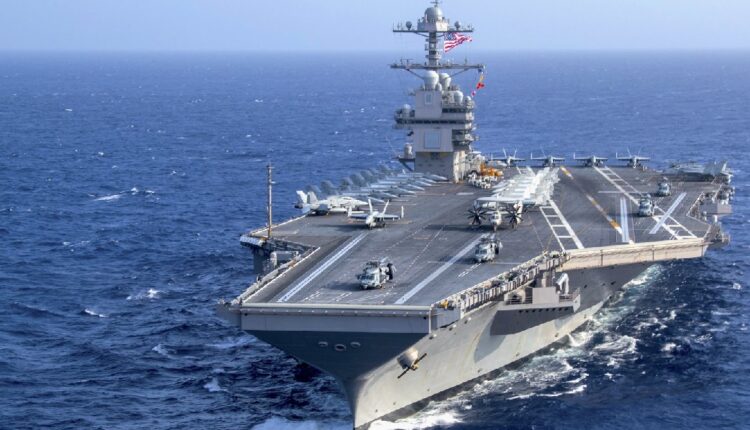©2021 Reporters Post24. All Rights Reserved.
Recently, the Design Project Office (DPO) at the Istanbul Naval Shipyard, responsible for designing Turkey’s first aircraft carrier, shared new details about the vessel, further advancing Turkey’s ambition to become a regional maritime power. (DEFENCE SECURITY ASIA) — Earlier this year, Turkish President Recep Tayyip Erdogan announced that the Mediterranean nation has initiated efforts to construct an aircraft carrier, further advancing its ambition to become a regional maritime power.
Recently, the Design Project Office (DPO) at Istanbul Naval Shipyard, responsible for the design of Turkey’s first aircraft carrier, released new details about the vessel.
According to the DPO, the construction of Turkey’s inaugural aircraft carrier will be completed entirely using domestic resources and expertise, without foreign assistance.
This initiative underscores the country’s capability to undertake major naval projects independently.
The carrier will feature three runways, with two designated for takeoffs and one for landings.
Initially, it will not include a catapult system; instead, the DPO plans to equip it with a modular ramp system.
However, in the long term, Turkish engineers aim to develop a domestic catapult system to replace the initial modular ramp.
The DPO revealed that Turkey’s first aircraft carrier will accommodate up to 50 combat aircraft, with 20 stationed on the deck and 30 housed within the hangar.
The carrier is expected to deploy various aircraft including the “Hurjet” light combat aircraft and the “Anka-3” unmanned fighter developed by Turkish Aerospace Industries (TAI).
Additionally, it will carry the “Kizilelma” unmanned fighter and the “Bayraktar TB-3” armed drone developed by Baykar Technology.
Preliminary reports suggest that Turkey plans to develop a naval variant of the fifth-generation fighter aircraft “KAAN,” which will eventually serve aboard the carrier, although these details are still in the early stages.
Turkish defense media have indicated that the number of aircraft the carrier can transport will increase as the project progresses.
Currently, the carrier is set to be equipped with a MIDLAS 32-Cell VLS (Vertical Launching System) for air defense missiles and four Gökdeniz Close-in Weapon Systems (CIWS) for self-defense.
In terms of technical specifications, the carrier will measure 285 meters in length and is expected to weigh around 60,000 tons, making it a medium-sized vessel compared to the British HMS Queen Elizabeth and HMS Prince of Wales.
In contrast, US aircraft carriers weigh up to 100,000 tons. The Turkish carrier will be powered by a Combined Gas Turbine and Gas Turbine (COGAG) engine, enabling it to reach speeds of 25 knots.


Following the successful development and commissioning of its largest warship and drone carrier, the TCG Anadolu, Turkey has decided to begin designing its own aircraft carrier.
For several years, President Erdogan has expressed his vision for Turkey to build its own aircraft carriers to fulfill its strategic needs in the region.
This decision to start the design work on a domestic aircraft carrier was made following a meeting of the country’s Executive Committee on Defense Industry last January. — DSA


